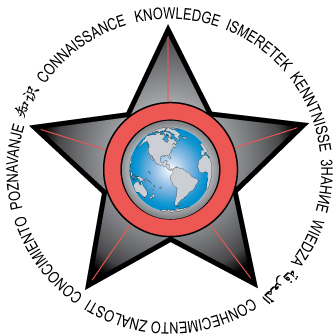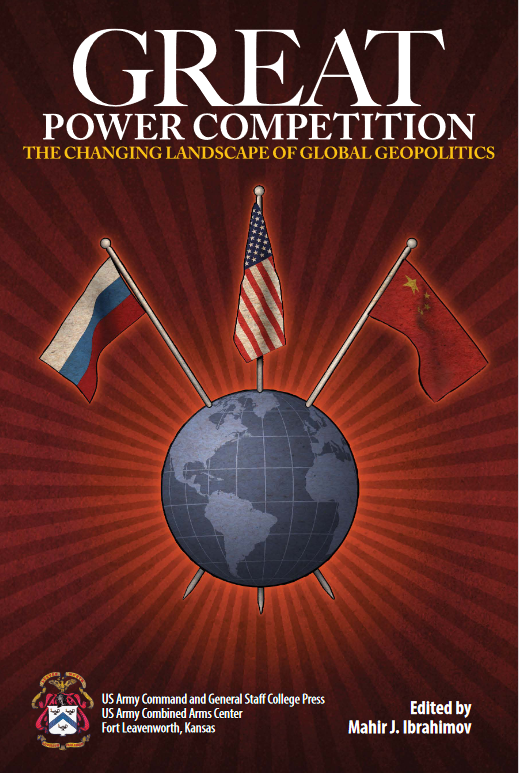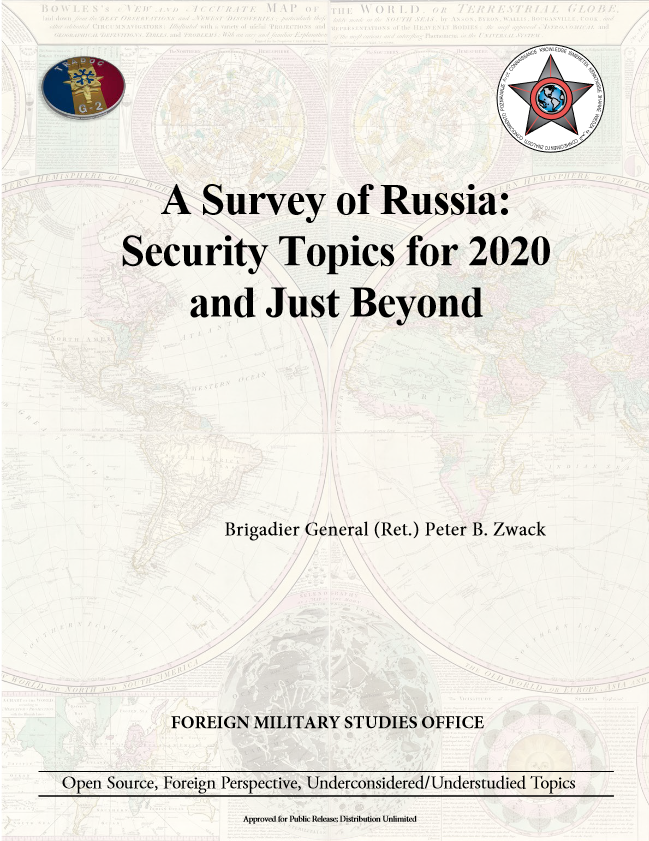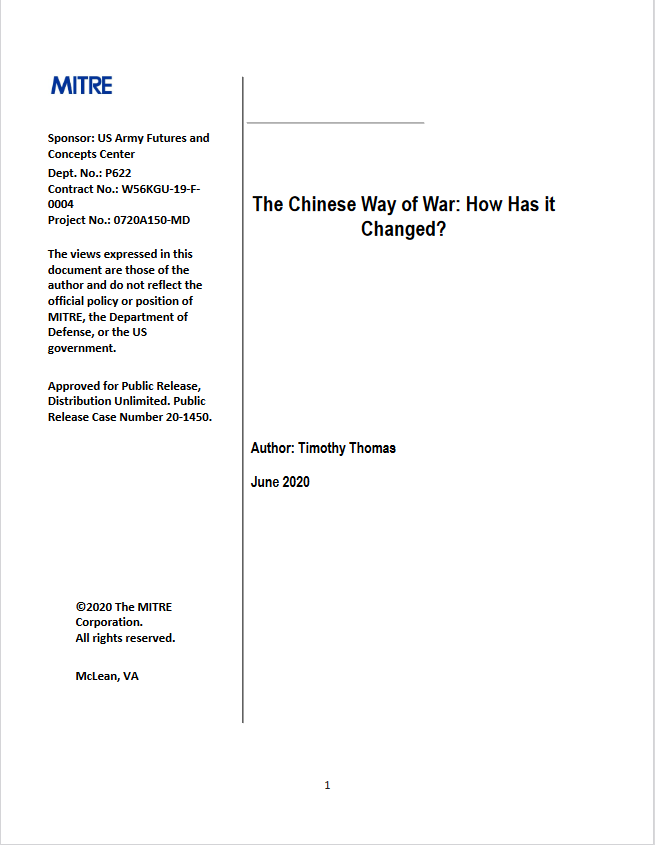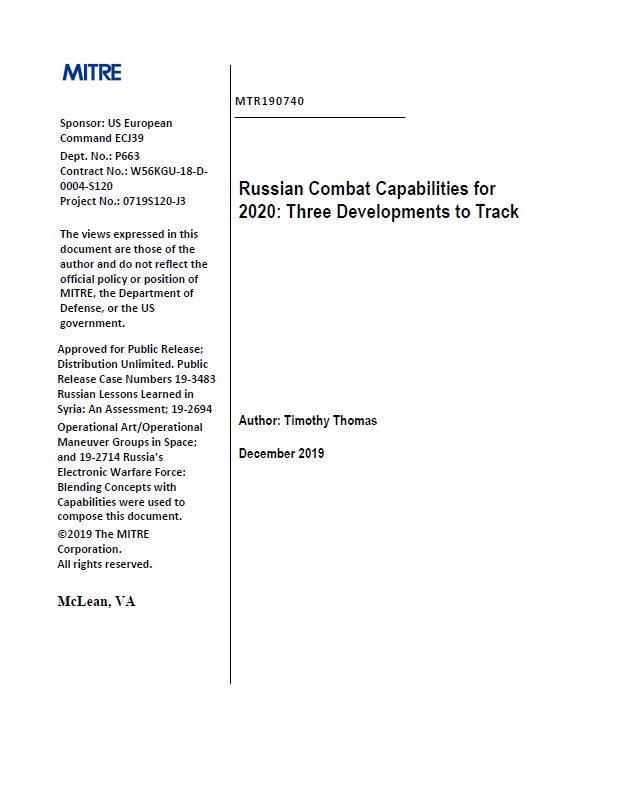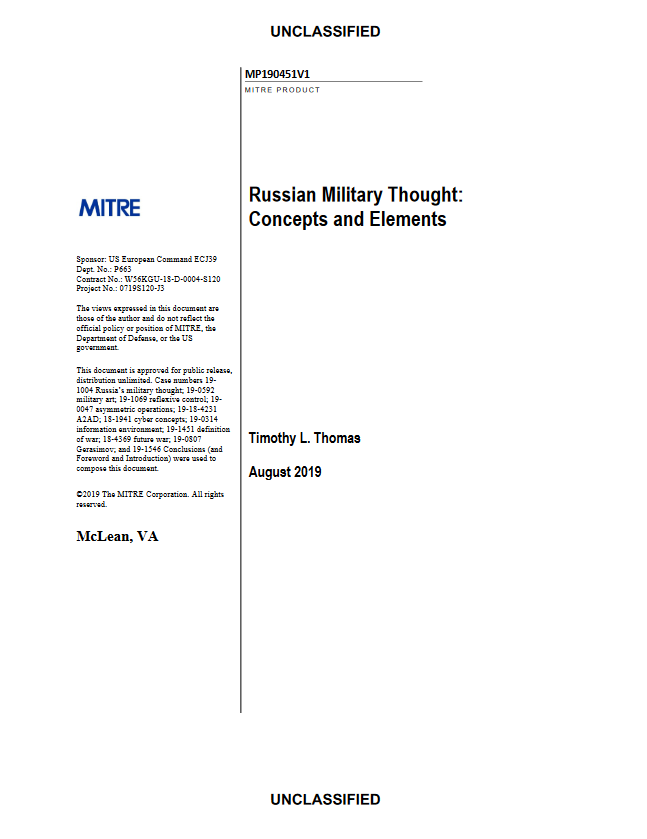Key Takeaways:
- Given Russia’s strong interest in artillery and robotics, it is no surprise that it has integrated robotic technology into its newest premier artillery platform—the 2S35 Koalitsiya-SV—by way of an auto-loading, uncrewed turret and remote-controlled external weapons module.
- This article, based primarily on information published in Russian defence journals before the current combat in Ukraine, outlines the purported capabilities of the 2S35, the current structure of Russian artillery units, and how the Russian artillery community envisages future structural changes to these units to best employ the 2S35 and robotics.
- Capabilities Of The Koalitsiya-SV Armament. Perhaps the 2S35’s most impressive feature is the uncrewed turret. Russia has already had much experience with autoloaders in tanks, starting with the T-64 (also produced by UralVagonZavod), but this will be the first Russian artillery system with an autoloader and a completely uncrewed turret.
- This provides several advantages, namely faster rates of fire, the capability to store more ammunition, and reduced weight. The 2S35 can reportedly fire up to 16 projectiles per minute and store up to 70 projectiles internally. This is a significant capability improvement from the latest modification of the similarly sized 2S19 Msta-S self-propelled howitzer. The 2S19M2 has a maximum rate of fire of 10 projectiles per minute and can store up to 50 projectiles.
- The Russian artillery community is particularly interested in how robotics can be integrated into artillery systems.
- Robots and robotics can reduce force size and save human lives while increasing the intensity and effectiveness of combat, but the force structure, training, logistics and maintenance must be changed to effectively in corporate this developing technology into the force and support it.

.png)
